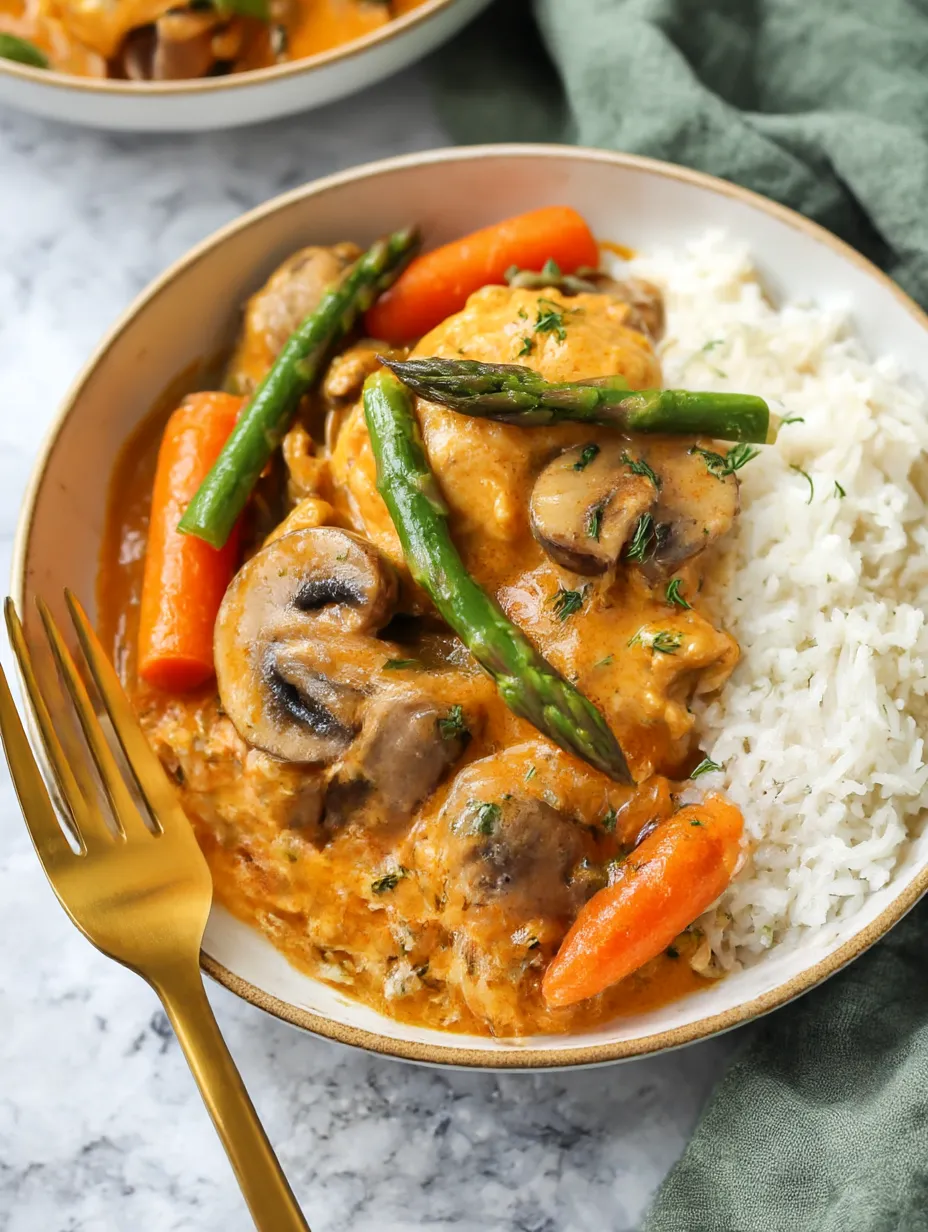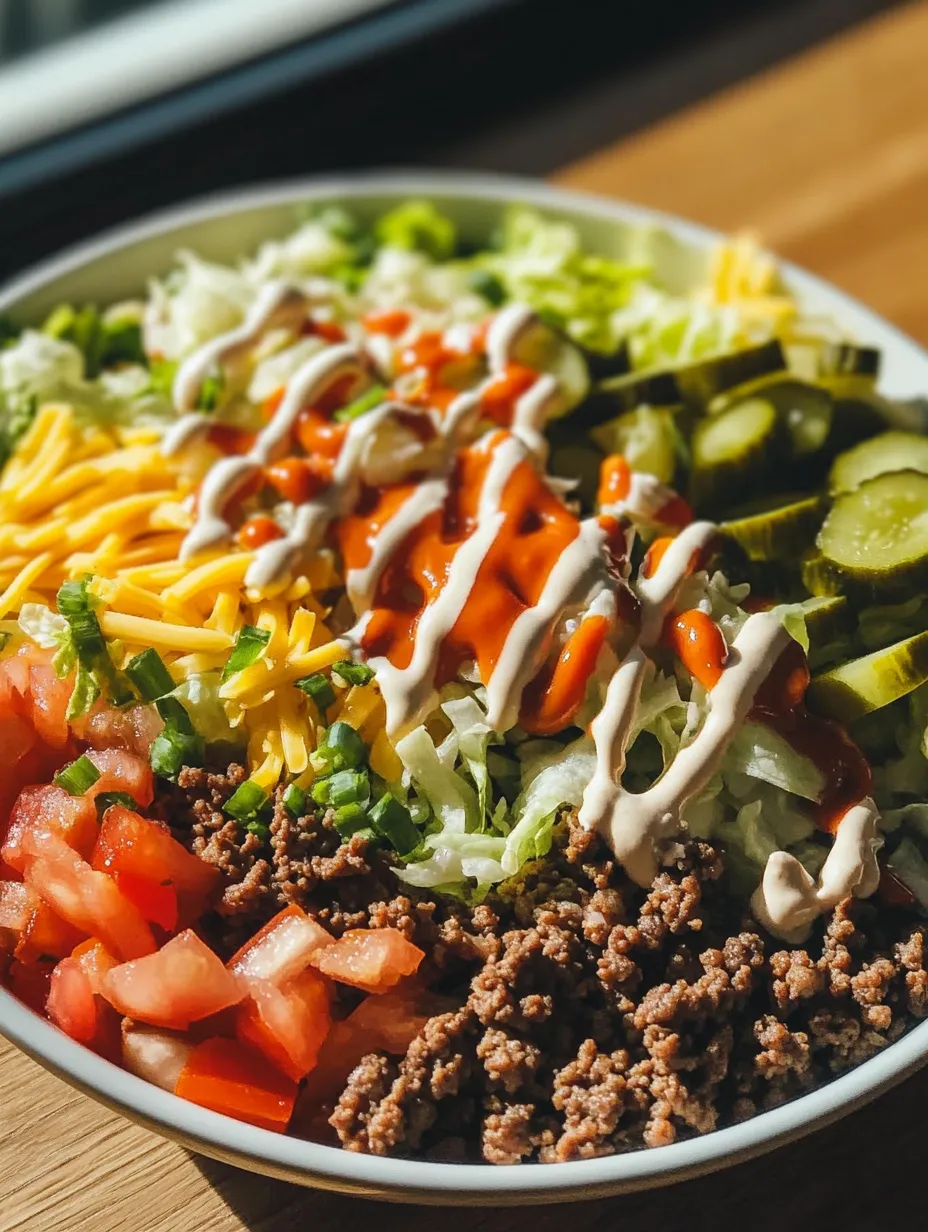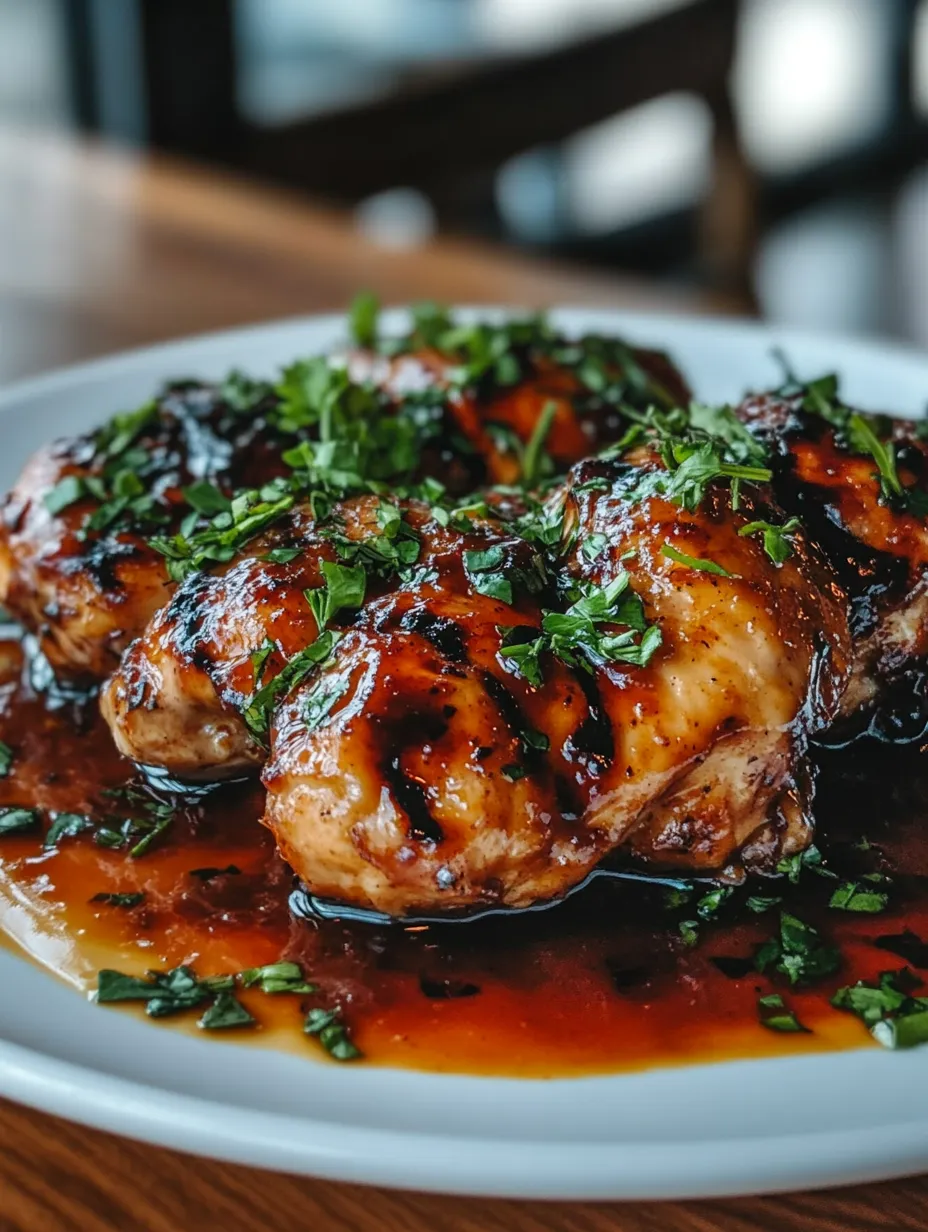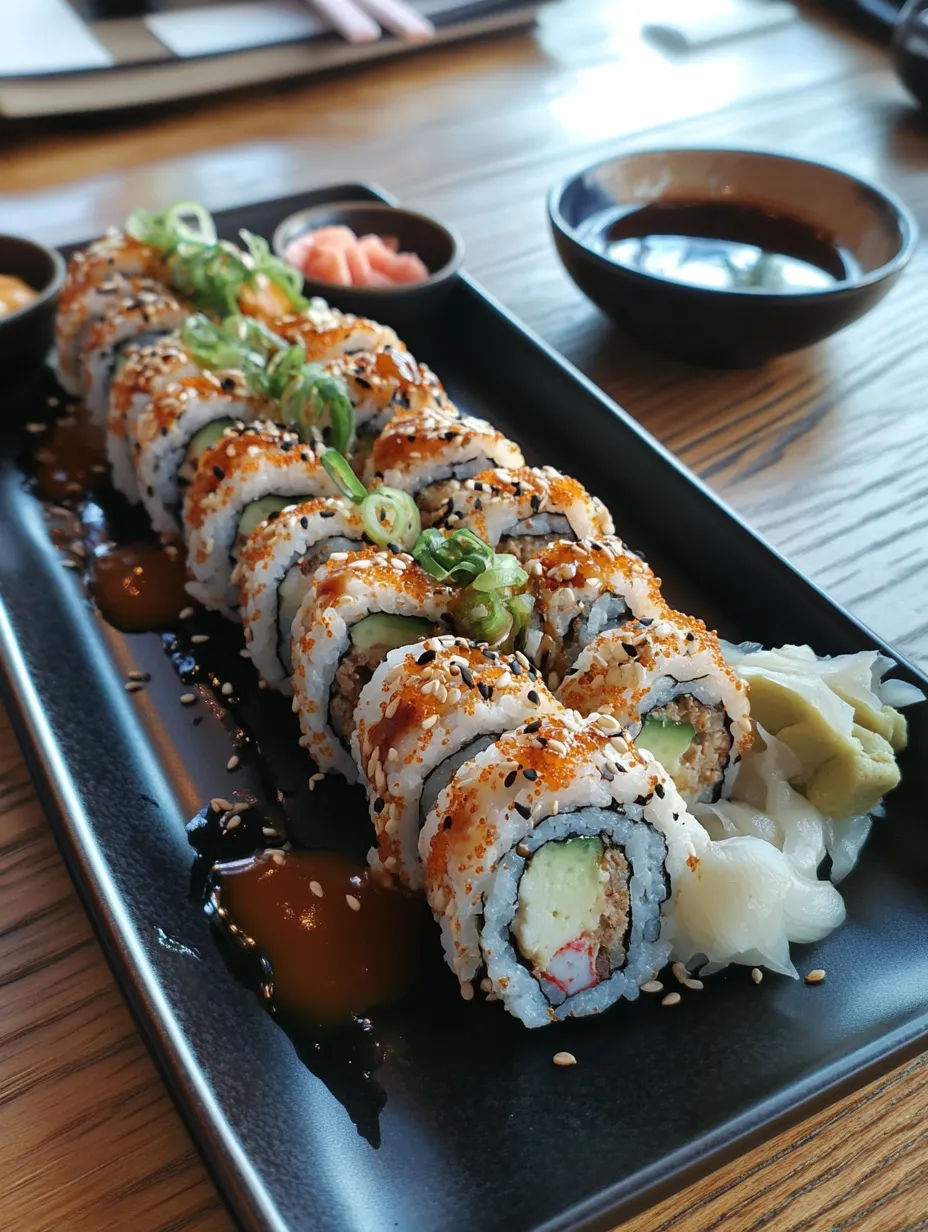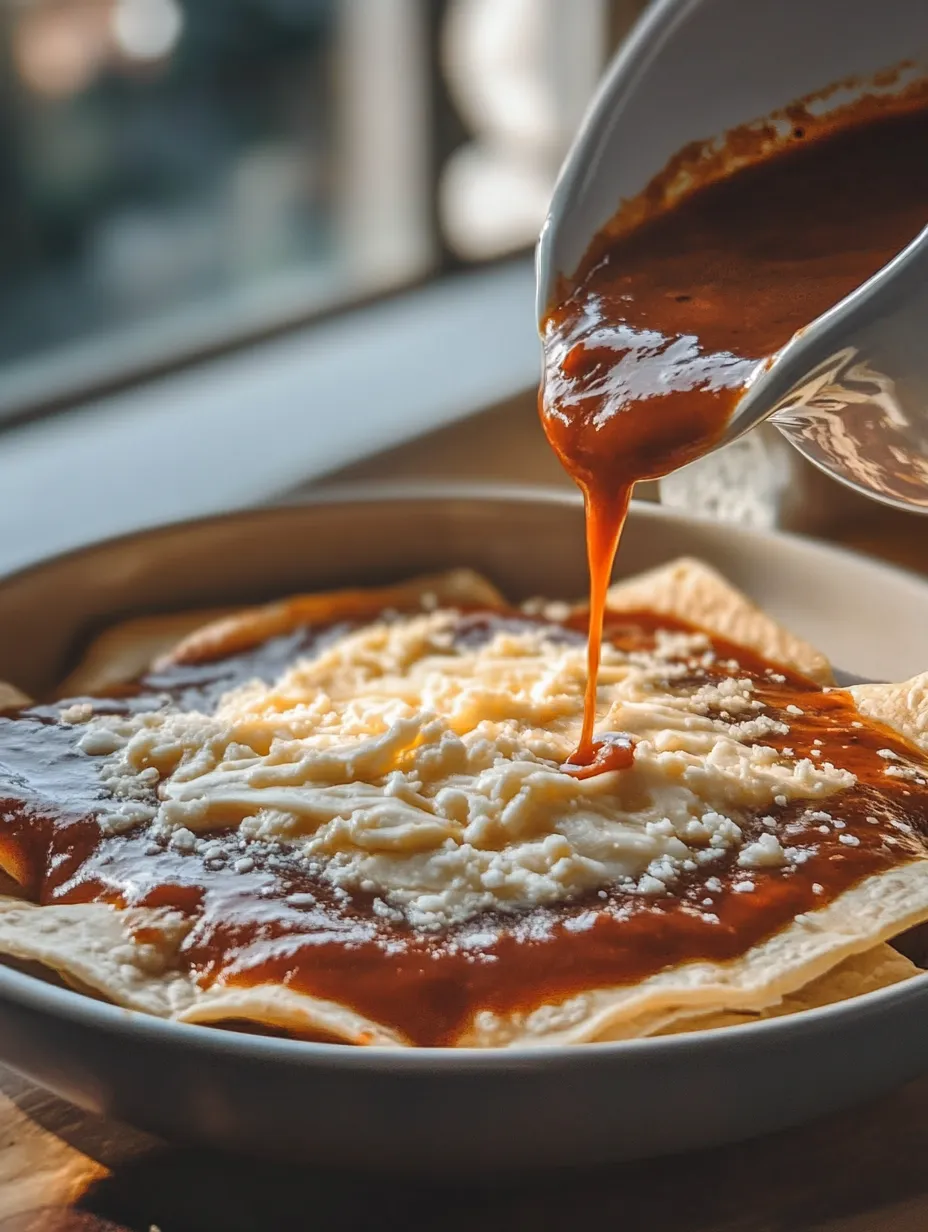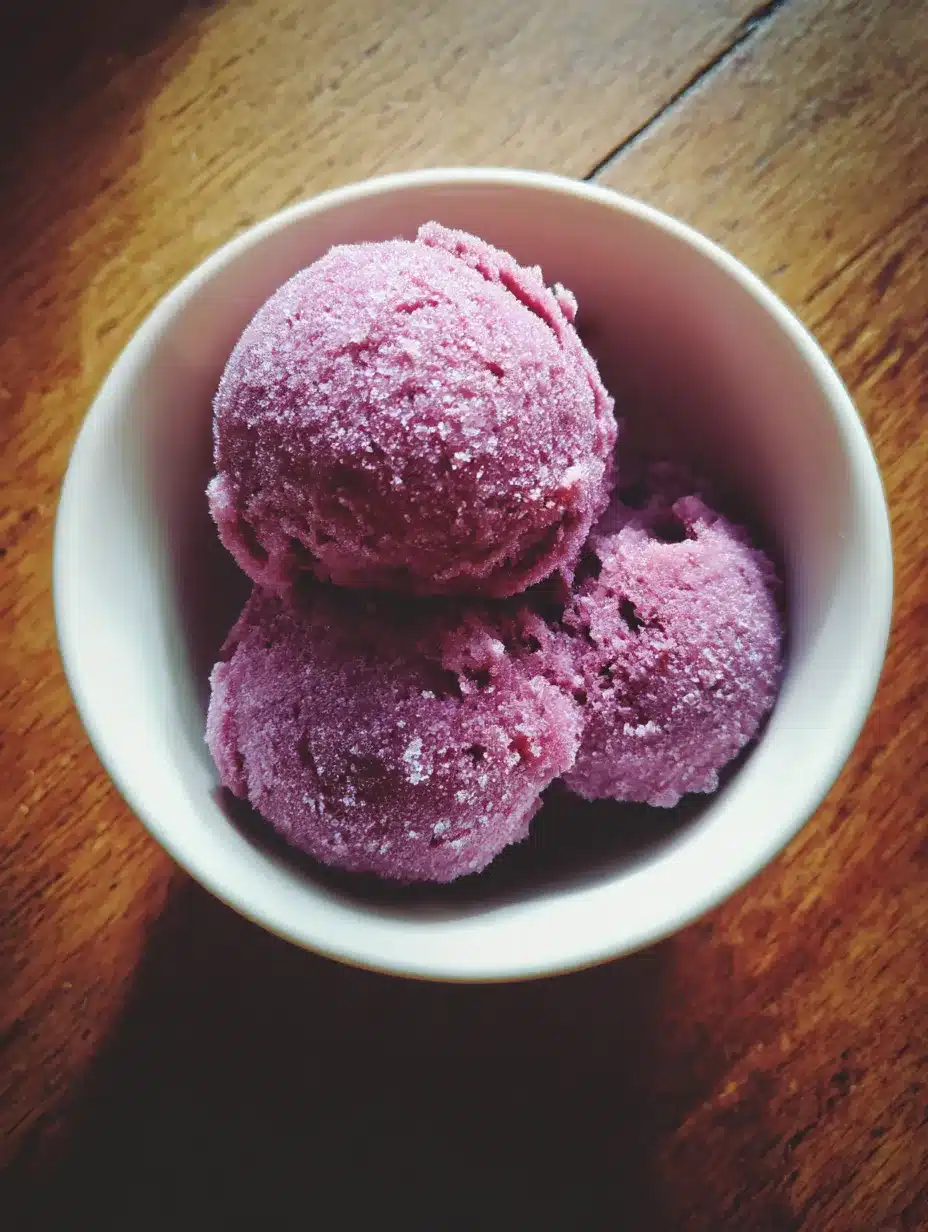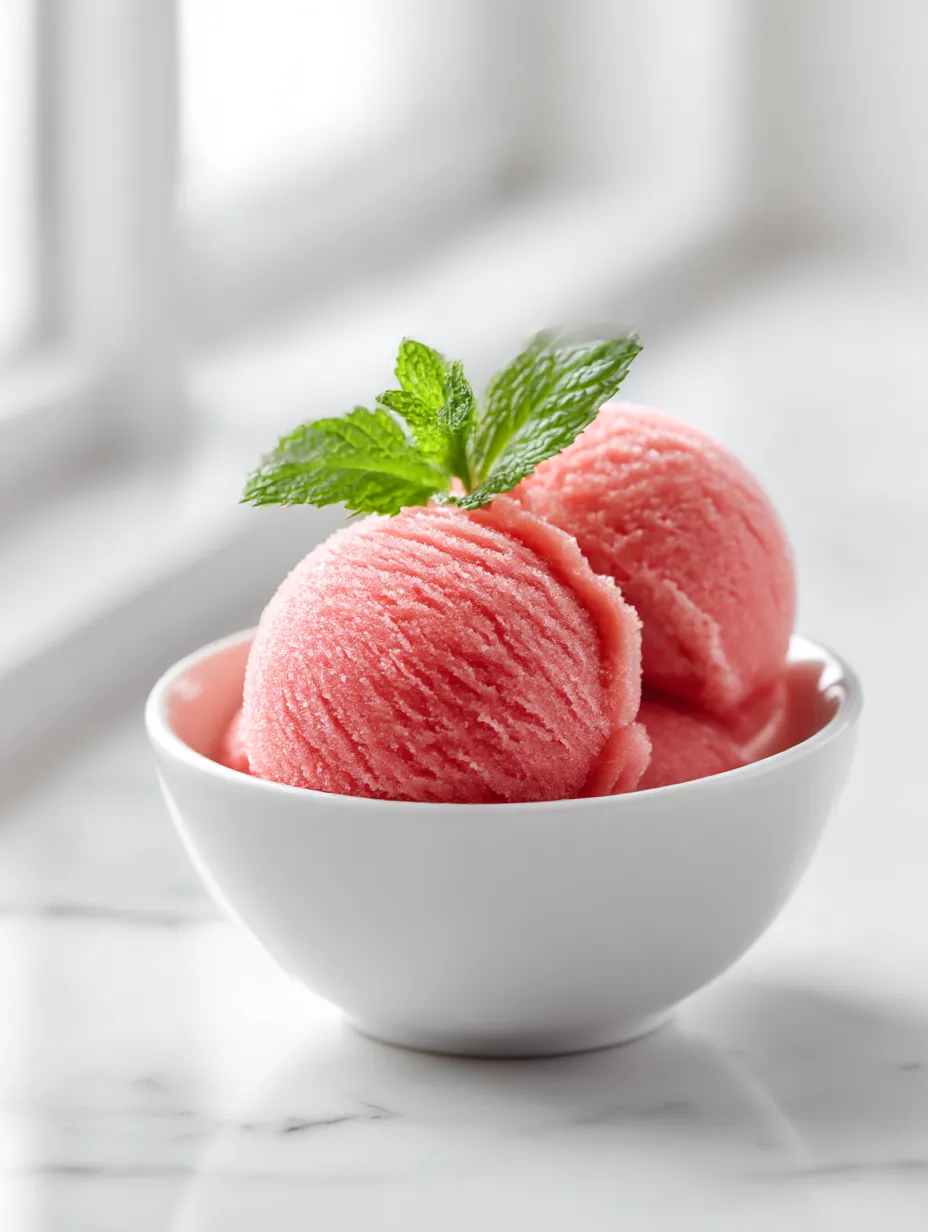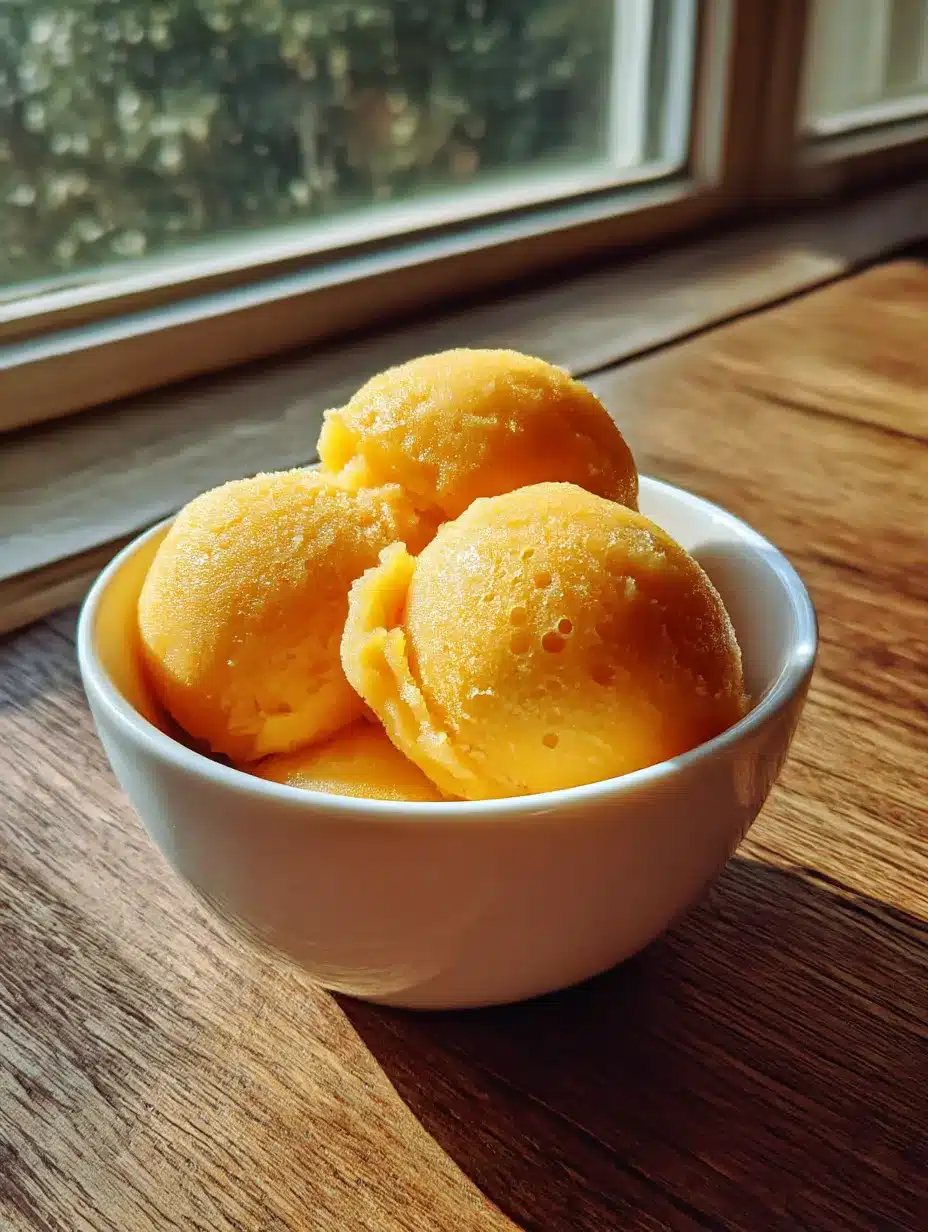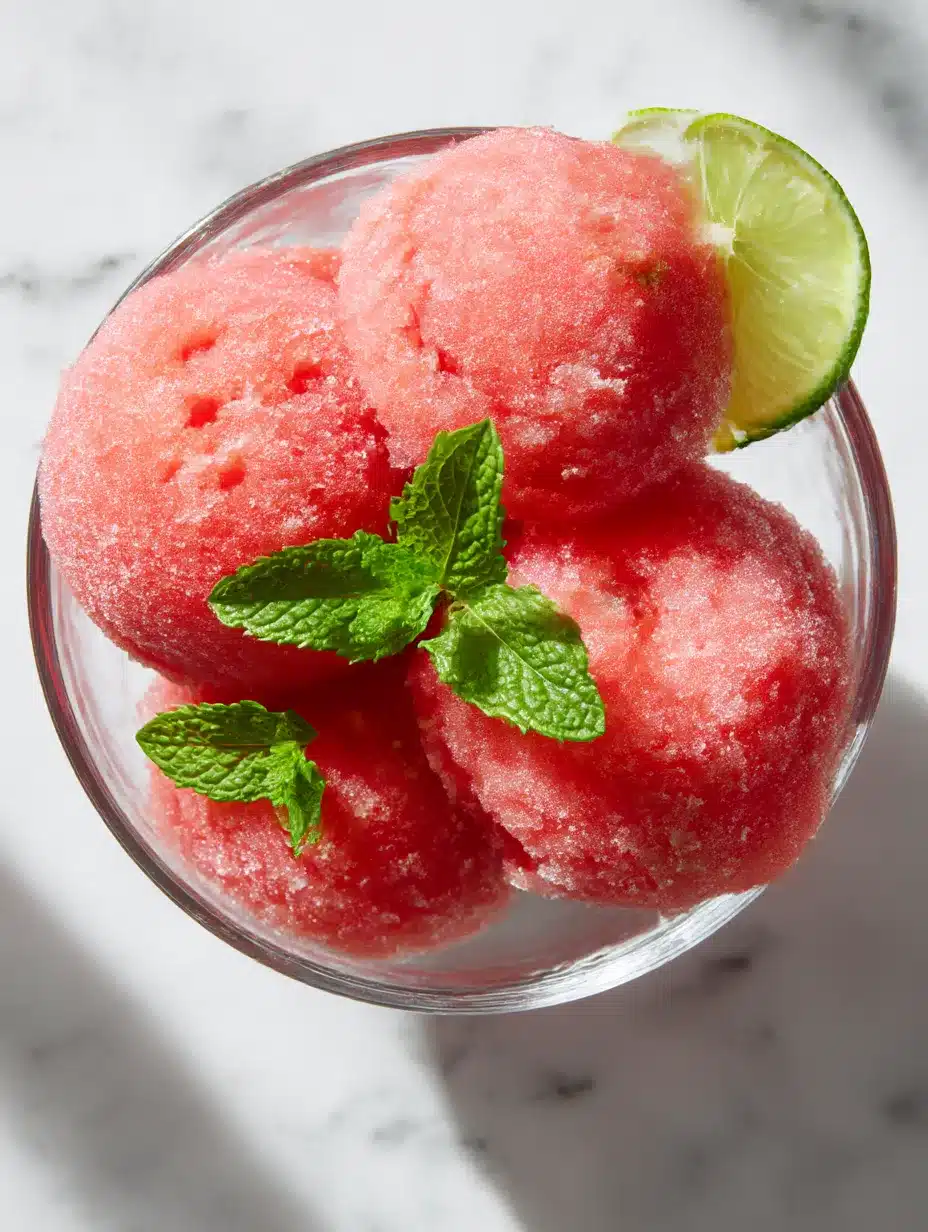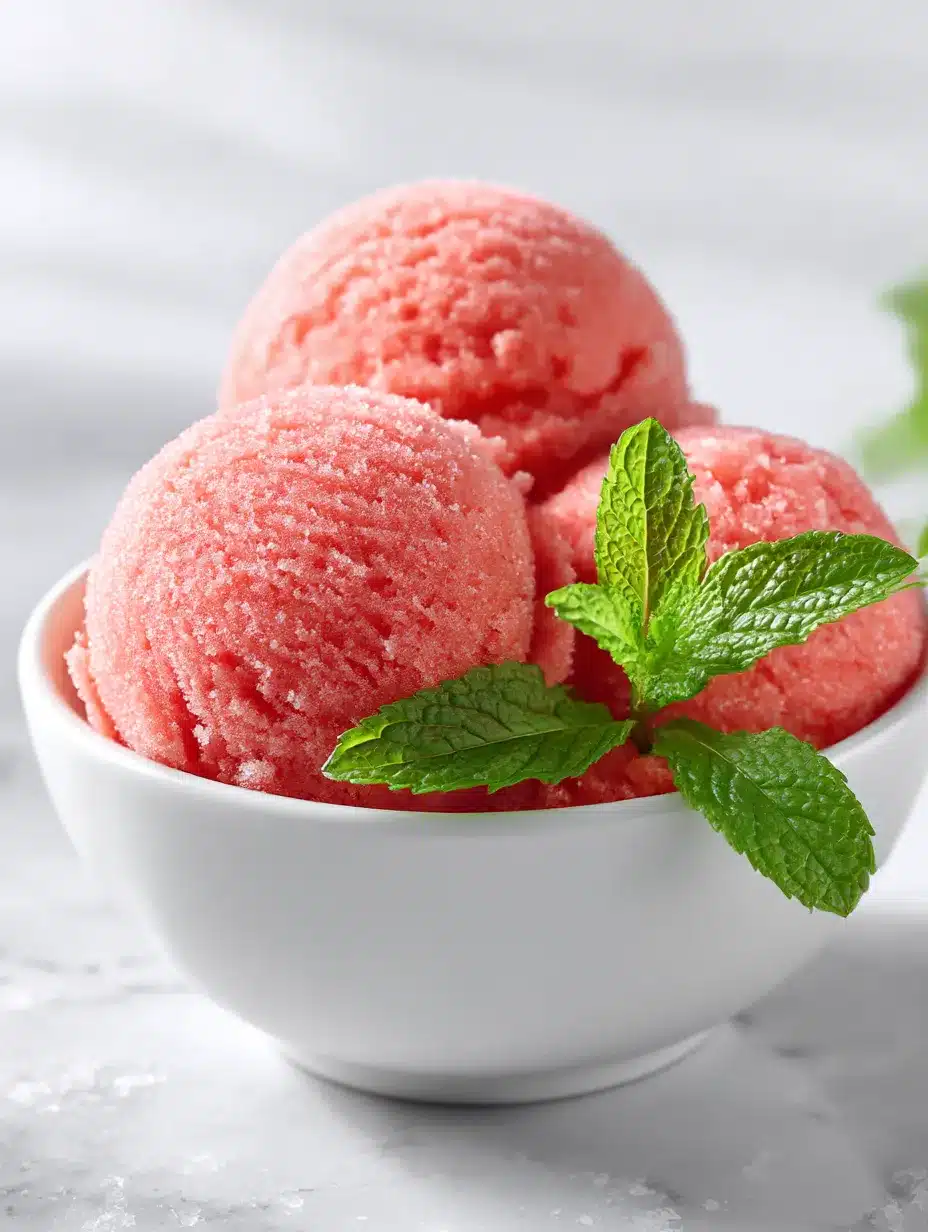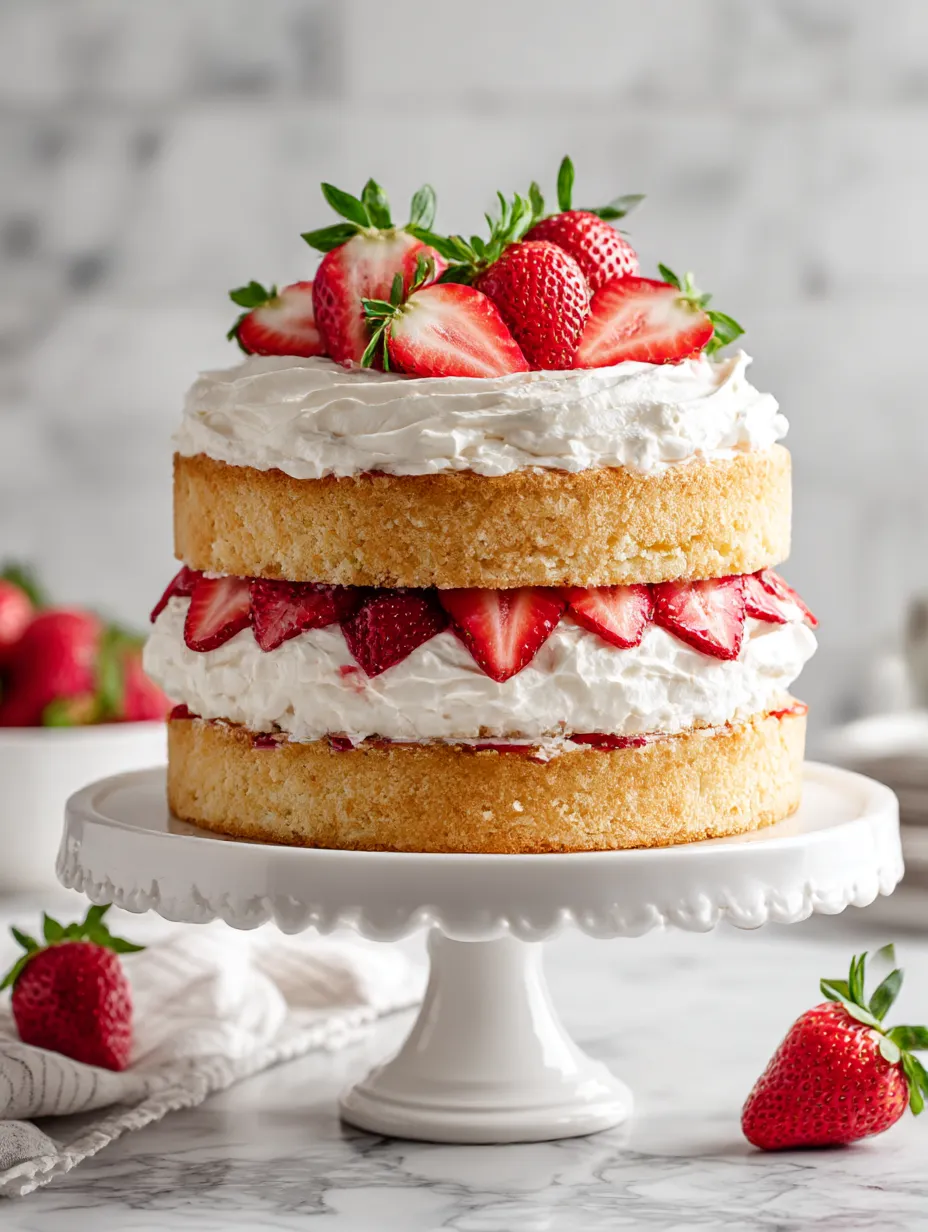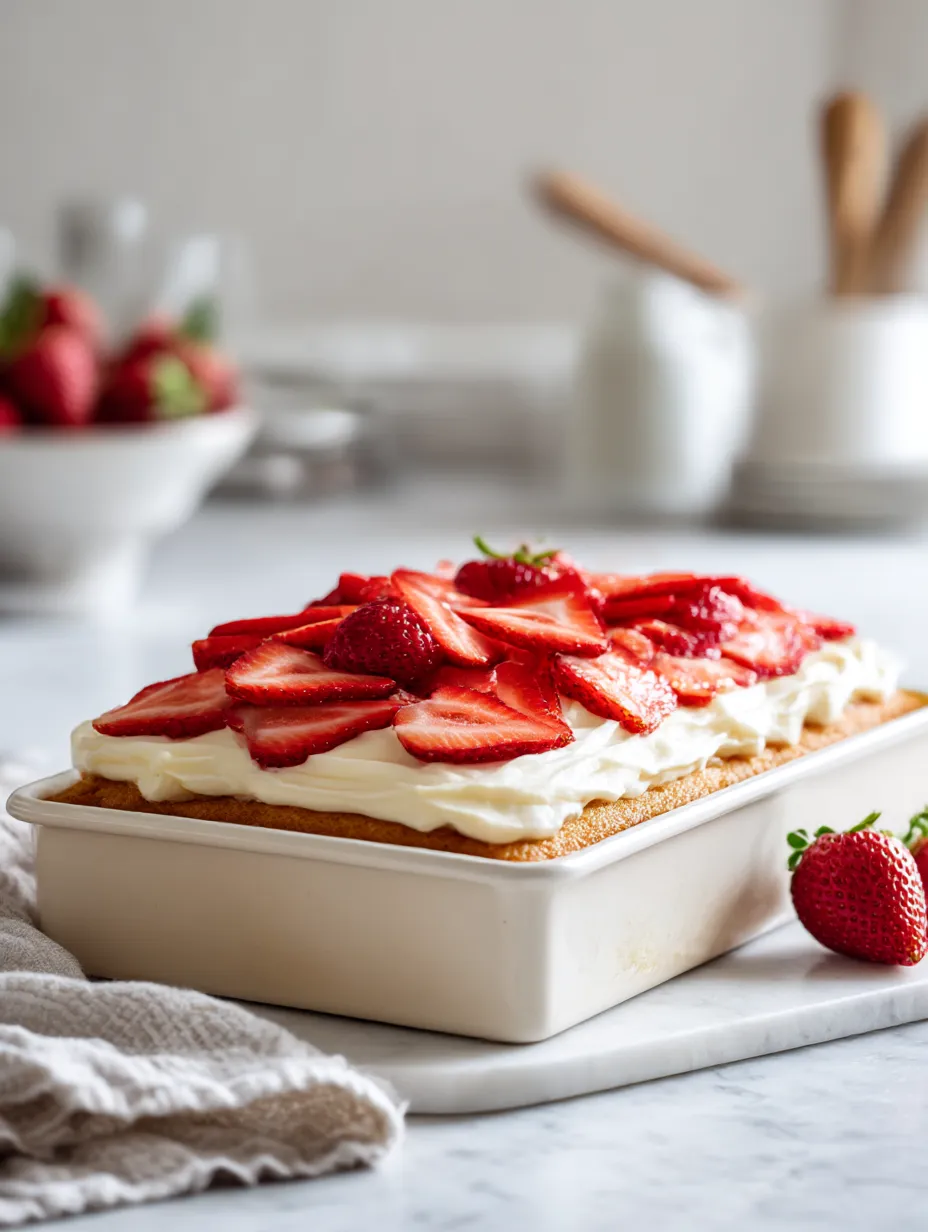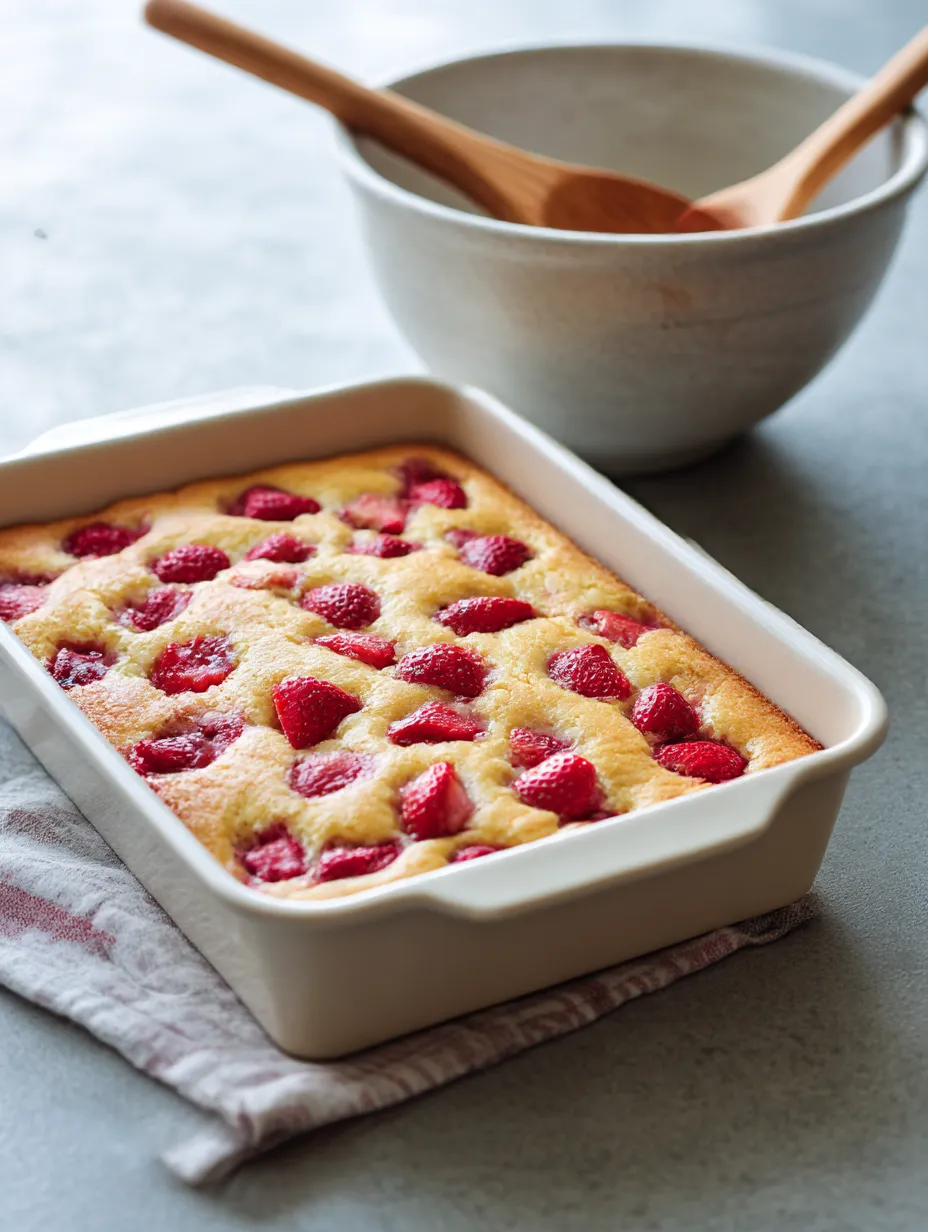Cooking chickpeas in a curry is incredibly easy! First, soak dried chickpeas overnight, then simmer with aromatics until tender. For a quicker option, use canned chickpeas—just rinse, drain, and add them directly to your simmering curry sauce for about 10 minutes until heated through and flavors meld.
Why You’ll Love Thai Mango Chickpea Curry
- ❤️ Perfect Balance: Sweet mango + spicy curry = flavor explosion in every bite!
- ⏱️ Quick & Easy: Ready in just 30 minutes from start to finish
- 👩🍳 One-Pot Wonder: Less cleanup means more time enjoying your meal
- 💰 Budget-Friendly: Pantry staples + seasonal mango = affordable dinner
Thai Mango Chickpea Curry Ingredients

For the curry base:
- 2 tablespoons coconut oil
- 1 large onion, finely diced
- 4 cloves garlic, minced
- 1 tablespoon fresh ginger, grated
- 2-3 tablespoons Thai red curry paste (adjust to your spice preference)
- 2 cans (15 oz each) chickpeas, drained and rinsed
- 1 can (14 oz) coconut milk, full-fat for creaminess
- 1 cup vegetable broth
- 2 tablespoons soy sauce or tamari
- 1 tablespoon brown sugar or maple syrup
- 1 tablespoon lime juice
For the mango and vegetables:
- 2 ripe mangoes, peeled and diced into 1-inch cubes
- 1 red bell pepper, diced
- 1 cup snap peas, ends trimmed
- 1 small zucchini, diced (optional)
For serving:
- Fresh cilantro, chopped
- Thai basil leaves (optional)
- Lime wedges
- Cooked jasmine rice or rice noodles
- Crushed peanuts
Tools Used to Make Thai Mango Chickpea Curry
- Large deep skillet or wok
- Sharp chef’s knife and cutting board
- Can opener
- Measuring cups and spoons
- Wooden spoon for stirring
- Vegetable peeler (for the mango)
- Rice cooker or pot for rice
How to Make Thai Mango Chickpea Curry
Oh my goodness, you’re in for such a treat with this curry! The combination of creamy coconut milk, sweet mango, and spicy curry paste creates this magical symphony of flavors that’ll make your taste buds dance. Let me walk you through it step by step!

- Prep your ingredients: First things first—get everything chopped, diced, and ready to go. Trust me, this makes the cooking process so much smoother! I love to line up my little bowls of prepped ingredients like I’m hosting my own cooking show. 😉
- Create the flavor base: Heat the coconut oil in your large skillet over medium heat until it shimmers. Toss in those diced onions and sauté for about 3-4 minutes until they’re soft and translucent. Your kitchen will start smelling amazing right about now!
- Add the aromatics: Throw in the minced garlic and grated ginger, stirring constantly for about 30 seconds. Don’t let them burn or you’ll get that bitter taste nobody wants! The fragrance will be absolutely divine—I sometimes close my eyes just to savor it!
- Bloom the curry paste: This is where the magic happens! Add the Thai red curry paste and stir continuously for 1-2 minutes. This “blooming” process wakes up all those beautiful spices and releases their essential oils. You’ll notice the color deepen and the aroma intensify—that’s when you know you’re doing it right!
- Add the chickpeas: Now, add those drained and rinsed chickpeas to the pan. Stir them around so they get coated in all that fragrant curry paste. Cook for about 2 minutes, letting them absorb those amazing flavors.
- Create the sauce: Pour in the coconut milk, vegetable broth, soy sauce, and brown sugar. Stir everything together and bring the mixture to a gentle simmer. Let it cook for about 10 minutes, stirring occasionally. The sauce will start to thicken slightly and turn into this gorgeous golden color.
- Add the vegetables: Toss in the diced red bell pepper and zucchini (if using). Let them cook for about 3-4 minutes until they start to soften but still maintain some crunch. We want texture contrast in our curry!
- Introduce the mango and snap peas: Now for the star of the show—add those beautiful mango cubes and the snap peas! Gently fold them into the curry and let everything simmer for just 2-3 minutes more. The mango should warm through but still hold its shape, and the snap peas should remain bright green and crisp-tender.
- Finish with lime juice: Turn off the heat and stir in the fresh lime juice. This brightens all the flavors and balances the richness of the coconut milk perfectly. Give it a taste and adjust seasonings if needed—maybe a touch more soy sauce for saltiness or a pinch more brown sugar if your mangoes weren’t super sweet.
- Serve and garnish: Ladle this gorgeous curry over fluffy jasmine rice or rice noodles. Sprinkle generously with fresh cilantro, Thai basil if you have it, and crushed peanuts for that perfect crunch. Don’t forget those lime wedges on the side—a fresh squeeze right before eating takes this dish to another level!
My family practically races to the table when they smell this cooking—even my picky 8-year-old who “doesn’t like curry” somehow manages to clean her plate every time! 😂
Variations of Thai Mango Chickpea Curry
Let’s get creative with this curry! Here are some tasty variations to try:
- Protein Powerhouse: Add firm tofu cubes or crispy hot honey feta chicken for extra protein. Just pan-fry the tofu or chicken separately first, then add it during the last few minutes of cooking.
- Vegetable Bonanza: Bulk up the nutritional value by adding spinach, sweet potatoes, or cauliflower. The sweet potatoes need to be added earlier in the cooking process, while spinach can be stirred in right at the end.
- Pineapple Twist: Swap the mango for pineapple chunks for a different tropical flavor profile. Try my pineapple chicken and rice recipe technique for prepping the perfect pineapple pieces!
- Green Curry Version: Use Thai green curry paste instead of red for a different flavor profile with more herbal notes. Pairs beautifully with the mango!
- Spice It Up: Add a thinly sliced Thai chili or two if you like things extra spicy. Remember, you can always add heat, but you can’t take it away!
Serving Thai Mango Chickpea Curry
This curry is a complete meal on its own, but if you want to create a Thai-inspired feast, here are some perfect pairings:

- Serve over fragrant jasmine rice or rice noodles to soak up all that amazing sauce
- Add a side of easy Asian cucumber salad for a refreshing contrast to the rich curry
- Offer homemade vegetable potstickers as a starter
- Include fresh watermelon cucumber bites as a palate cleanser
- Finish with simple homemade popsicles featuring tropical flavors like coconut, mango, or pineapple
For a beautiful presentation, serve the curry in a deep bowl with the rice on one side. Garnish with a sprig of fresh Thai basil, a few cilantro leaves, and a sprinkle of crushed peanuts. Place a lime wedge on the rim of the bowl for that restaurant-quality finish!
Frequently Asked Questions
How to cook chickpea in a curry?
For dried chickpeas: Soak overnight, then simmer until tender (about 45 minutes) before adding to your curry. For canned chickpeas: Simply drain, rinse, and add directly to your simmering curry sauce. Let them cook for at least 10 minutes to absorb the flavors. In either case, the chickpeas should be fully cooked before adding any acidic ingredients like tomatoes or lime juice.
How are you supposed to cook chickpeas?
The proper way to cook chickpeas is to first soak dried chickpeas in water for 8-12 hours or overnight. Then, drain and rinse them before simmering in fresh water for 45-60 minutes until tender. Add salt only after they’ve softened. For quick cooking, use a pressure cooker (20-25 minutes) or opt for pre-cooked canned chickpeas.
How do you soften chickpeas for curry?
To soften chickpeas for curry, soak dried chickpeas overnight in plenty of water with 1/4 teaspoon of baking soda. The baking soda helps break down the chickpeas’ outer skin, resulting in creamier, softer beans. After soaking, rinse thoroughly and simmer until tender before adding to your curry.
How to make chicken chickpea curry?
To make chicken chickpea curry, brown 1 pound of diced chicken thighs before adding your aromatics and spices. Follow the rest of the curry recipe as written, adding cooked chickpeas along with the chicken. Simmer until the chicken is fully cooked and tender. Try this with my easy Greek chicken recipe technique for perfect results!
Do we need to soak chickpeas before cooking?
Yes, soaking dried chickpeas before cooking is highly recommended. Soaking reduces cooking time by about 25%, helps the chickpeas cook more evenly, makes them easier to digest, and improves nutrient absorption. For best results, soak them in cold water for 8-12 hours or overnight.
Why is my chickpea curry bitter?
Your chickpea curry might taste bitter for several reasons: burnt garlic or spices, too much fenugreek, old or rancid spices, or burnt onions. To fix a bitter curry, try adding a teaspoon of sugar, a splash of coconut milk, or a little more salt to balance the flavors. In the future, be careful not to burn your aromatics.
Final Thoughts
This Thai Mango Chickpea Curry brings together the perfect balance of sweet, spicy, and tangy flavors in one satisfying meal. Whether you’re a vegetarian looking for protein-packed options or simply craving a vibrant, flavorful dinner, give this recipe a try—I promise you won’t be disappointed!
More Recipes to Try!
- Easy Mediterranean Steak Bowls
- Grilled Shrimp Bowl with Avocado Corn Salsa
- Hearty Italian Meatball Stew Recipe
- Easy Spicy Salmon Bowls (20-Minute Meal)
- Creamy Garlic Smothered Chicken Recipe
FIND ME ON PINTEREST
Discover mouth-watering recipes, kitchen tips, and food inspiration!
I’m always pinning delicious ideas just for you! 😋


